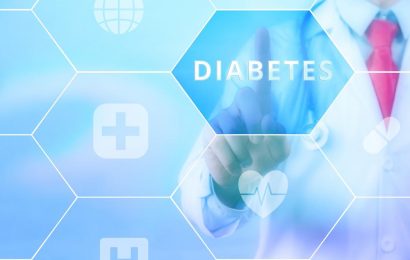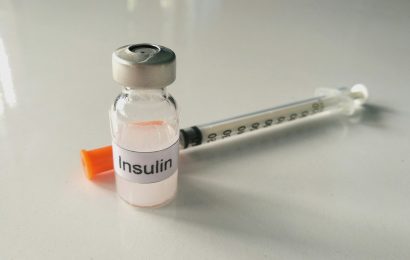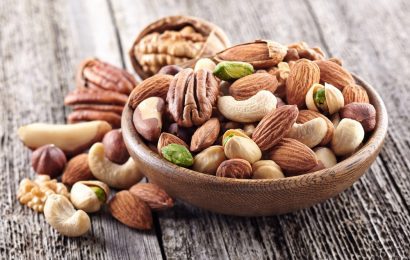We have seen passionate arguments in our comments sections about reversing diabetes. Some say diabetes is forever; others say they’ve gotten rid of it. I say they’re both right.
Articles and books have been written about reversing diabetes. I have written some myself. Two of them are “‘Reversing’ Type 2 Diabetes: Can It Be Done?” and “Can Type 2 Diabetes Be Reversed?”.
But what does “reversing” an illness like diabetes mean? That’s where the arguments come in. Some people think reversing means curing. Under this rule, you couldn’t say you had “reversed” your diabetes until you could eat a pile of spaghetti, a chocolate cake, and a Coke without having your blood sugar rise. With this definition, diabetes reversal would be rare.
I think of reversing as changing direction. Diabetes usually gets worse with time. Sugars go up, people need stronger medications, they feel worse, complications develop. That’s why doctors call diabetes a “chronic progressive” disease.
This downward path is not hardwired, no matter what uninformed doctors say. If, instead, you can lower your sugars, cut down or stop your medications, and make your complications go away, I would say you have reversed your diabetes.
Under this definition, reversing diabetes happens all the time. People do it with low-carb or low-calorie diets, traditional native diets, natural approaches like bitter melon and vinegar, vigorous exercise, or other methods.
Some people say that’s not reversing the disease; it’s just good management. They say reversing diabetes would mean passing an oral glucose tolerance test (OGTT). In an OGTT, you drink a large dose of glucose and your sugars are tested at one and two hours. Skeptics say your HbA1c (a measure of glucose control over the previous 2–3 months) may have come back to normal with good management, but the OGTT will show you that you still have diabetes.
This is not necessarily true. In Dr. Roy Taylor’s studies of reversing diabetes through a very-low-calorie diet, people regained their insulin function. They passed the OGTT with flying colors.
Now, if they had kept eating the equivalent of an OGTT in starches and sugars twice a day, and not exercising, their diabetes would return. Often, it does return in people who have reversed their diabetes. But does that mean it was never reversed? Health changes are part of living.
You may never get to the point of being able to eat whatever you want with no rise in blood sugar. Still, if you lower your HbA1c to normal and feel better with less medication, you have met a reasonable definition of diabetes reversal. You will have very little chance of complications.
I think it’s healing to have this possibility in mind. Many of our readers agree. Reader Lily Le replied to a “diabetes is forever” comment by writing, “If I was diagnosed with diabetes and was turning my life around only to be told ‘good job, but it’s only going to get worse,’ I would probably feel very miserable.”
That whole “chronic progressive” label is a curse, and it’s not true. That is why it’s important to know that it doesn’t have to get worse. It can get better.
Diabetes can become a less and less significant part of your life until you can thank it for motivating you to better health, and say, “It’s OK. I’ve got this now. I’m going on with my life.” Is that good enough reversal for you? It is for me.
Notice that the argument about reversing Type 2 is a good example of something that happens all the time. Two people or two groups can disagree violently about something. It doesn’t mean either one is right, or that they’re wrong. They can just be seeing things from different points of view. We’re all better off when we don’t hold too hard to our opinions.
***
Visit my blog The Inn by the Healing Path for some inspiring stories and ideas.
What can you do when your motivation to manage your diabetes begins to sag? Bookmark DiabetesSelfManagement.com and tune in tomorrow to find out from Scott Coulter.





